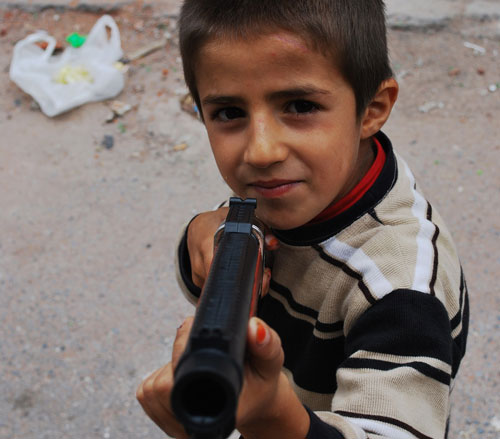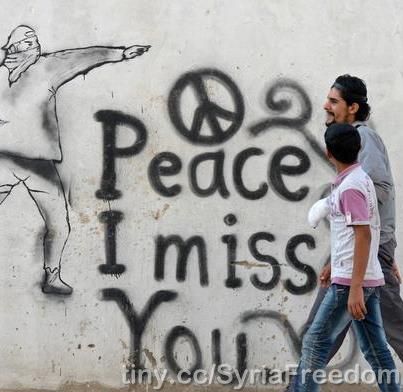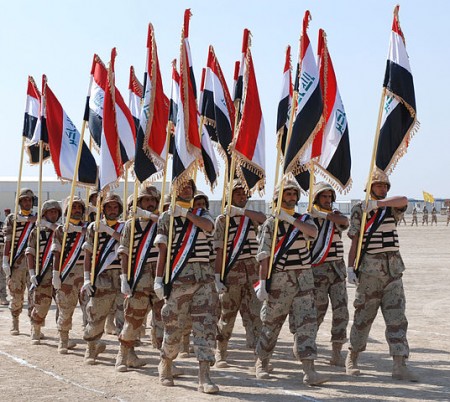
This article was originally published by openDemocracy on 28 July 2016
Simplistic, sensationalist media coverage of terrorism obscures our understanding of its causes, and hinders our ability to prevent it.
After each atrocity, social media hosts the well-rehearsed rituals of mourning. News of the identification of the perpetrators is frequently followed by condemnation of the double-standard of media coverage – in relation to geography (sometimes misguided), and to language, particularly regarding the word ‘terrorist’. (It’s worth reading the BBC’s guidance about why it prefers not to use the term altogether). In recent months, it has become clear that there is frustration about the application of mental health diagnoses, especially in relation to white male violence, as well as confusion about the relationship between mental illness and terrorism. This is a fraught and difficult subject, rarely discussed sensitively on a platform such as Twitter, which rewards simplification and polarisation.
After the killing of Jo Cox, there was justifiable anger at ‘de-politicisation’ of her murder: many media outlets chose not to highlight Thomas Mair’s links to far-right white supremacist groups. His act certainly fits the definition of terrorism (‘one who uses violence or the threat of violence to further their political aims’) – although this does not discount the possibility that Mair may suffer from mental illness, nor does it negate the importance of a diagnosis. Rather than a reductionist either/or (“Is it ideology, or is it pathology? Chemicals in the brain, or ideas in the mind?”), it’s important to acknowledge that mental illness can be a contributory factor, because violence is often a confluence of personal, social and ideological elements. There’s a public bravura that prevents politicians from acknowledging this nuance (those that dissent are forced to state the obvious: ‘to understand is not to justify’) – all of which serves as an indulgence of ignorance, a dangerous form of self-denial.




